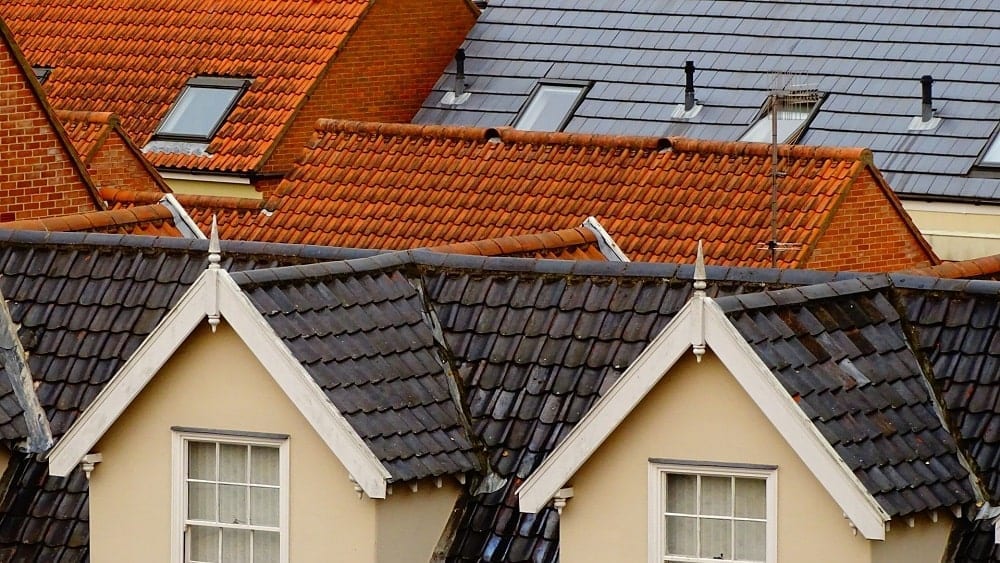- Home
- Articles
- Architectural Portfolio
- Architectral Presentation
- Inspirational Stories
- Architecture News
- Visualization
- BIM Industry
- Facade Design
- Parametric Design
- Career
- Landscape Architecture
- Construction
- Artificial Intelligence
- Sketching
- Design Softwares
- Diagrams
- Writing
- Architectural Tips
- Sustainability
- Courses
- Concept
- Technology
- History & Heritage
- Future of Architecture
- Guides & How-To
- Projects
- Interior Design
- Competitions
- Jobs
- Store
- ToolsNew
- More
- Home
- Articles
- Architectural Portfolio
- Architectral Presentation
- Inspirational Stories
- Architecture News
- Visualization
- BIM Industry
- Facade Design
- Parametric Design
- Career
- Landscape Architecture
- Construction
- Artificial Intelligence
- Sketching
- Design Softwares
- Diagrams
- Writing
- Architectural Tips
- Sustainability
- Courses
- Concept
- Technology
- History & Heritage
- Future of Architecture
- Guides & How-To
- Projects
- Interior Design
- Competitions
- Jobs
- Store
- ToolsNew
- More
Designing from the Top: Roofing Shapes Home Character

Roofing is a crucial component of home construction and maintenance, providing essential protection from the elements. The subject encompasses various aspects, such as roof installations, roofing styles, and their impact on houses. In this article, we’ll delve into each of these areas to provide a comprehensive understanding of roofing.
The impact of roofing on houses extends far beyond mere aesthetic appeal; it plays a pivotal role in determining a home’s structural integrity, energy efficiency, and overall market value. A well-chosen and properly installed roof acts as a shield against various environmental stressors like heavy rainfall, scorching sun, and strong winds. This protective layer is crucial in preventing water damage, which can lead to costly repairs in other parts of the house, such as the attic, walls, and even the foundation. The significance of roofing is also reflected in its contribution to a home’s energy efficiency. The right material and insulation under the roofing can dramatically reduce heat loss in the winter and heat gain in the summer, leading to substantial savings in heating and cooling costs. Moreover, a well-designed roof can contribute to natural ventilation and regulate indoor temperatures, further enhancing energy efficiency with a correct installation.
Roof replacements are a critical aspect of home maintenance, ensuring the longevity and safety of a house. Over time, roofing materials deteriorate due to exposure to harsh weather conditions, necessitating timely replacement to prevent structural issues. In Illinois, for instance, harsh winters can accelerate wear and tear, making it essential for homeowners to stay proactive in maintaining their roofs. Investing in a roof replacement in Rockford, IL can enhance a home’s durability, improve insulation, and boost property value. Choosing high-quality materials and experienced professionals for the replacement process ensures long-term benefits and reduces the risk of future roofing problems.
A detailed assessment will reveal what parts of the roof are most vulnerable and whether a full replacement or partial repair is the best course of action. The experts performing these services at Rabbit Roofing insist on conducting thorough inspections before recommending any solution, ensuring homeowners only pay for what’s truly necessary. Their commitment to honest evaluations and precision work helps protect homes from future damage. With the right team and materials, a new roof can stand up to the region’s toughest seasons for years to come.

The Roof Installation Essentials
Roof installation is a complex process that requires careful planning and execution. It involves several steps:
- Choosing the Right Material: Common materials include asphalt shingles, metal, clay tiles, and slate. Each material has its own advantages, durability, and aesthetic appeal.
- Structural Integrity: Before installation, it’s vital to ensure the roof structure can support the chosen material. This may involve reinforcing rafters or trusses.
- Underlayment and Waterproofing: A waterproof layer is essential to protect the structure from water damage. Materials like felt or synthetic underlayment are common choices.
- Installation Technique: This varies based on the material. For instance, shingles are installed in overlapping rows, while tiles may require individual securing.
- Ventilation: Proper roof ventilation is crucial to prevent moisture buildup and regulate temperature.
- Insulation: Roof insulation plays a key role in energy efficiency, helping to keep the house warm in winter and cool in summer.

Beside importance of the roof installation, roofing style shapes architectual aesthetics. The roof significantly influences the overall look and character of a house. A roof with a unique design or material can make a house stand out in a neighborhood, reflecting the homeowner’s style and preferences. All houses built need roofing expertise that will be guaranteed at once, Anchor-looking for roofers contractors. (Anchor-looking for roofers contractors are needed for roofing expertise that will be guaranteed at once for all houses built.) This is especially important in the real estate market, where first impressions can significantly impact a property’s appeal to potential buyers. A durable and visually appealing roof can increase the resale value of a house, making it a wise investment for homeowners.
Furthermore, the choice of roofing material and style has practical implications in terms of maintenance and longevity. Some materials, like metal or slate, while initially more expensive, offer remarkable durability and can last for decades with minimal maintenance. In contrast, materials like asphalt shingles may require more frequent replacements and repairs. Therefore, homeowners must balance the initial costs, maintenance requirements, and expected lifespan when selecting a roofing material.
In conclusion, roofing is a multifaceted aspect of home construction and maintenance. From choosing the right materials and style to understanding the installation process and its impact on the house, homeowners need to consider various factors to ensure their roof is both functional and aesthetically pleasing. Proper roofing not only protects the home but also enhances its overall value and efficiency.

Submit your architectural projects
Follow these steps for submission your project. Submission FormLatest Posts
Casas Blanc 59 Residential Complex by Nommo Arquitetos
Casas Blanc 59 blends minimalist architectural volumes with lush central gardens, creating...
Key Things to Know Before Applying a Roof Coating
Roof coatings are a valuable way to extend the life of a...
From Curb Appeal to Energy Efficiency: The Impact of Roof Design
The design of a roof plays a crucial role in various aspects...
ApartaBento: Creativity and Identity Transform A Compact Apartment Into Renovation
ApartaBento, renovated by Hersen Mendes Arquitetura in Brasília, showcases how a small...












Leave a comment